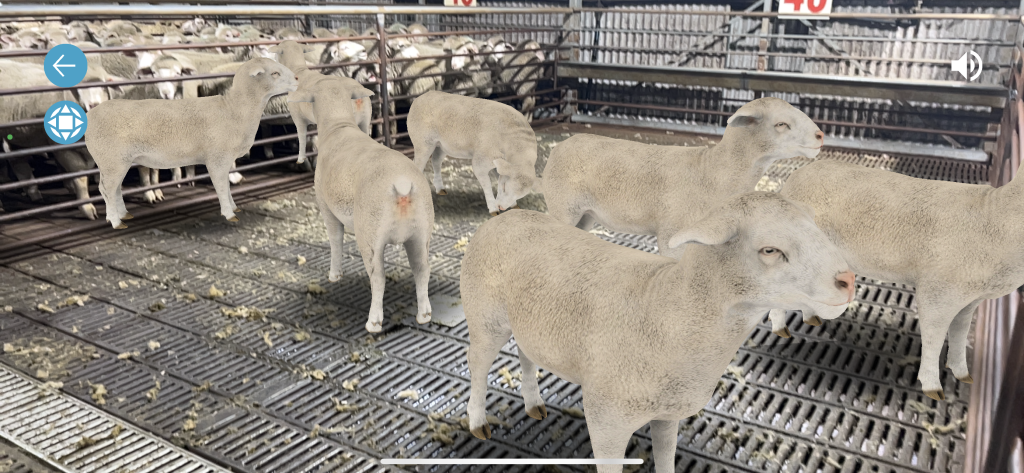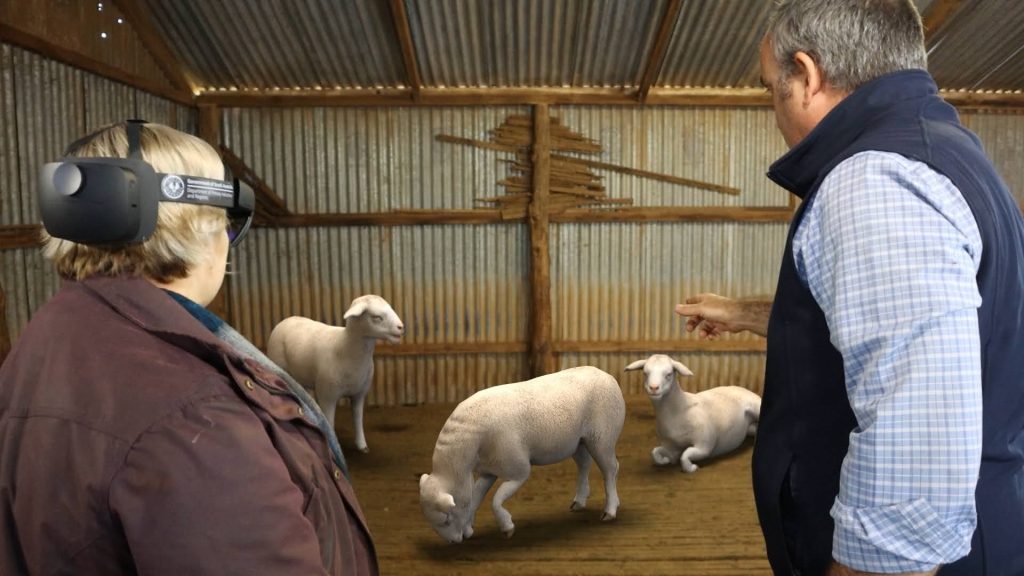
Educating farmers about emergency animal diseases with augmented reality
The red meat and livestock industry contributes more than $18 billion a year (or about 1.4 per cent) of the gross domestic product in Australia and employs directly and indirectly almost half a million people.
“An outbreak of a disease such as foot and mouth would be devastating for our producers,” says Emily Mellor, who leads the Red Meat and Wool Growth Program at the Department of Primary Industries and Regions South Australia (PIRSA). “We’d be shut out of our export markets straight away and it would also have a huge impact on the domestic market.”
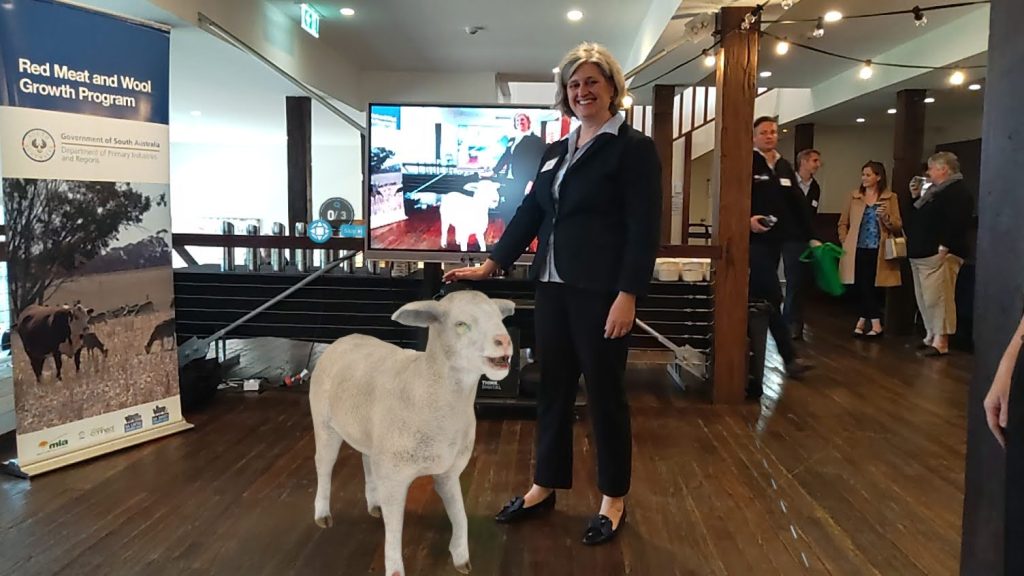
In fact, a widespread outbreak would cause economic losses of around $80 billion over 10 years, including flow-on effects through the agricultural supply chain, and on farming communities, hospitality and tourism, according to the Australian Bureau of Agricultural and Resource Economics and Sciences.
Traditional methods of educating primary producers about emergency animal diseases – those that could cause significant socioeconomic, health and environmental impacts – relied on static photos and textbook descriptions in brochures or presentations. But they didn’t have much cut through with farmers.
“They weren’t encouraging farmers to have those really important discussions about biosecurity planning on their farms and emergency animal disease preparedness,” Mellor says. “Also, it’s difficult for producers to identify the signs and symptoms when they’ve never seen these diseases face-to-face. Not just foot and mouth but some of the more exotic diseases we’ve never seen in this country.
So we set about developing a useful and engaging tool that would really get them thinking about it, rather than assuming they would read the pamphlets or posters we put out.
Developing an immersive learning experience
PIRSA worked with the Australian Government–funded Animal Health Australia and immersive technology specialist Think Digital to create a more engaging tool for farmers.
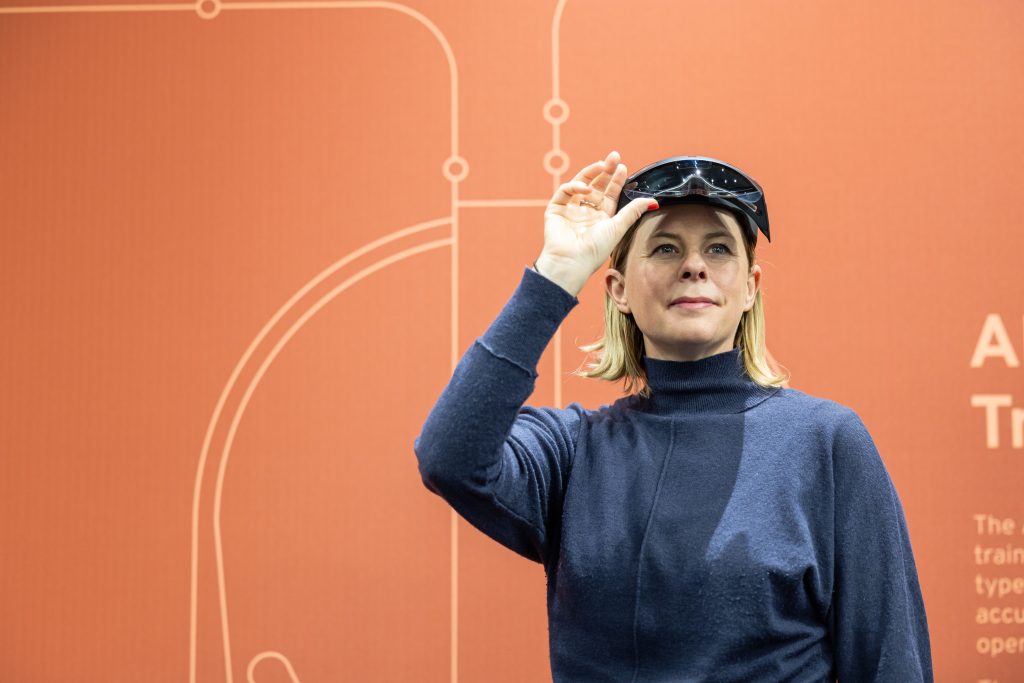
“I grew up on a farm in the Clare Valley, and I think farmers are unfairly considered to be not very tech savvy when in actual fact, a lot of the machinery and applications they use are incredibly high tech,” says Kat Bidstrup, CEO of Think Digital.
“Most farmers are visual learners. Death by PowerPoint is not the best way to engage them. We looked at augmented reality as something that would bring the problem into their own environment.”
In October 2021, Think Digital started developing the Sheep Emergency Animal Disease AR Tool. It allows farmers to view a small flock of 3D digital sheep using a Microsoft HoloLens augmented reality headset or a smartphone or tablet. The educational tool realistically depicts the visual symptoms of foot and mouth and other emergency animal diseases. Farmers identify the sheep they think is sick and then identify the symptoms it is presenting, like foot and mouth lesions and lameness. The tool delivers feedback and pop-up hints to help them.
“We worked with vets from Animal Health Australia to make sure our 3D digital sheep were a breed you’d commonly see in southern Australia and that our presentations of the diseases were realistic,” says Bidstrup. “In the first couple of iterations, we really ramped up the lesions you might see on the mouth and foot to make them easy to notice. But the subject matter expert said, ‘Actually, those lesions don’t present so obviously’, so we had to tone things down.”
Recognising that the tool would be used on remote properties that may have limited connectivity, Think Digital designed it with an offline mode.
Think Digital Founder, Tim Gentle says;
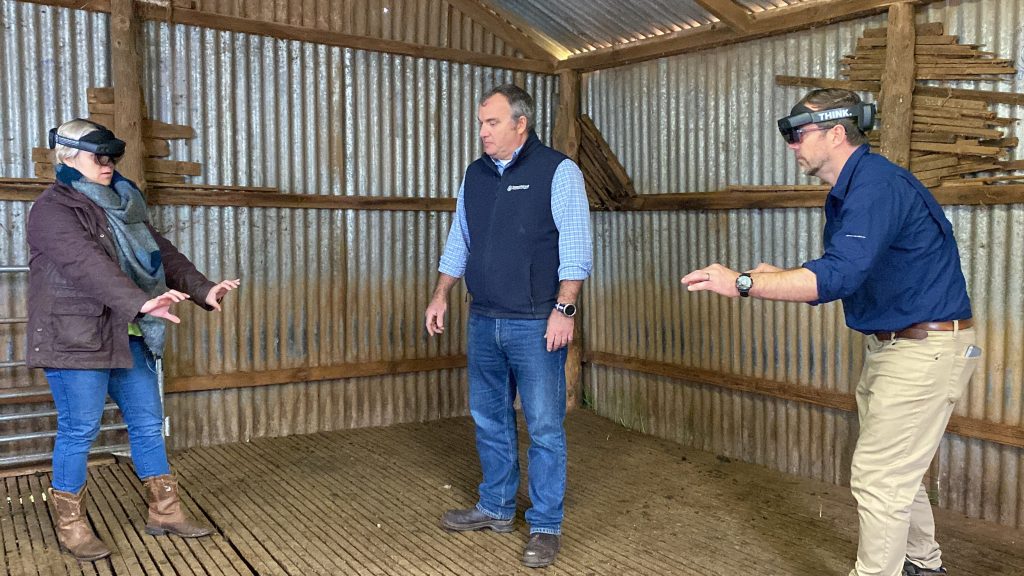
Connectivity can at times be quite challenging in the bush, the Sheep Emergency Animal Disease AR Tool can work completely offline until they get to the point where they want to learn more about the disease, and can visit a website.
World-leading innovation in emergency animal disease education
Since the app was completed in June 2022, it has received rave reviews from the farming and agricultural education communities.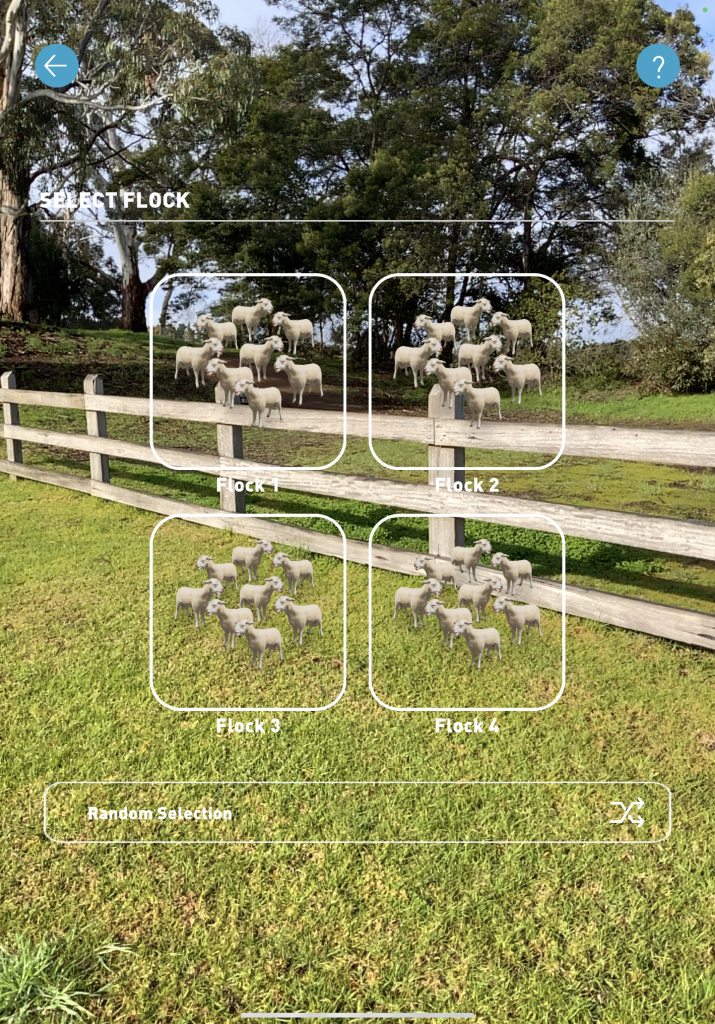
“The augmented reality solution enabled us to let producers view the digital flock of sheep in situ, either in the yards or a paddock, and even in their home or office! They can also walk through the flock like they were inspecting real sheep. It is much better than just looking at pictures,” explains Mellor. “This was a way we could help producers really understand how closely they need to inspect their sheep to identify these symptoms.”
PIRSA demonstrated the AR tool to Urrbrae Agricultural High School in Adelaide and received interest in using it as a teaching tool. Mellor says the tool has been downloaded by schools and primary producers from around Australia and internationally.
From farmers to teachers to government ministers, everyone who has used the app in a HoloLens headset has been impressed with its capabilities and ease of use.
“It’s been so great watching how quickly people pick up the HoloLens and navigate their way through this experience,” says Bidstrup. “It’s that perfect blend of good technology and good design.”
Reaching a new generation of farmers worldwide
Mellor sees the augmented reality tool as a powerful way to reach a new generation of primary producers who are more switched on to technology.
“People think these big words like augmented reality and virtual reality mean they’re very expensive ways of doing things, but it wasn’t the case for us and certainly not when compared to the benefits we can get from these types of tools,” she says.
“This brings a level of excitement to talking about biosecurity and emergency animal disease preparedness. It’s great to have this option for us to get important messages out there.”
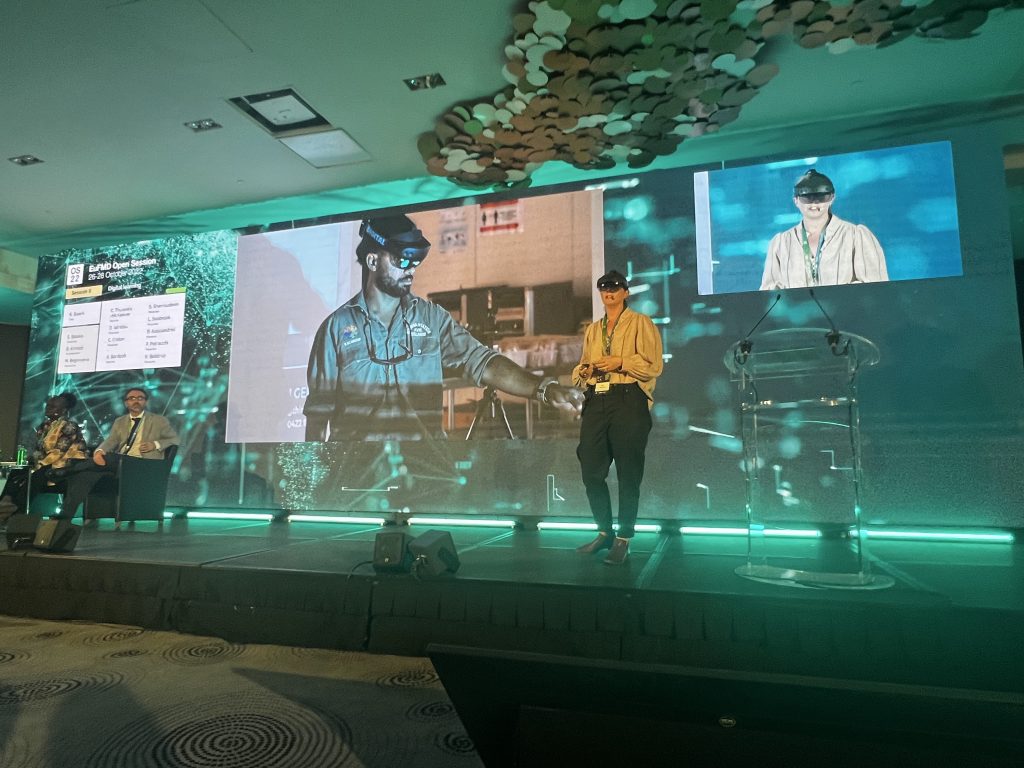
The thing I’m most excited about is demonstrating innovation that’s coming out of a partnership between a South Australian company and the South Australian and federal governments on a global stage,” she says.
Pushing the boundaries of augmented reality
Future iterations of the tool could include a collaborative model where two people can view the same content, even if they are in different locations, or beaming in remote assistance from Vets.
“Pinning AR to real-world objects is the sweet spot for augmented reality,” says Bidstrup. “Our experience using immersive technology with students is it’s a great tool to engage them with their learning. We hope this will be the same, just with a different demographic who are very interested in technology. I think it will be really powerful”.
“I can’t say too much, but there are definitely broader applications in agriculture for this technology that we’re exploring right now.”





